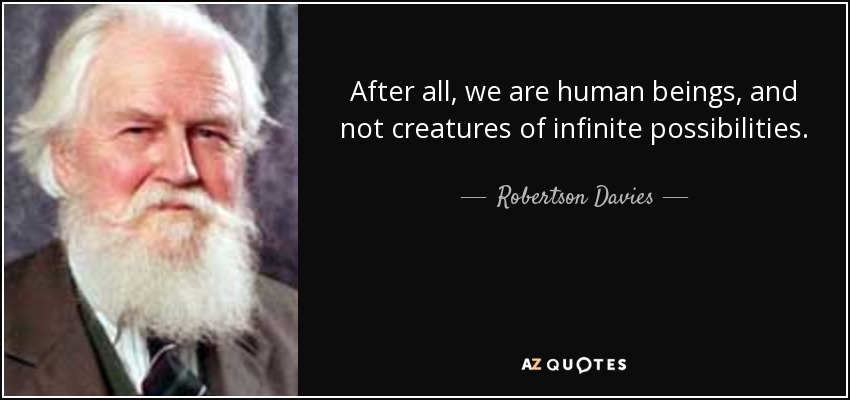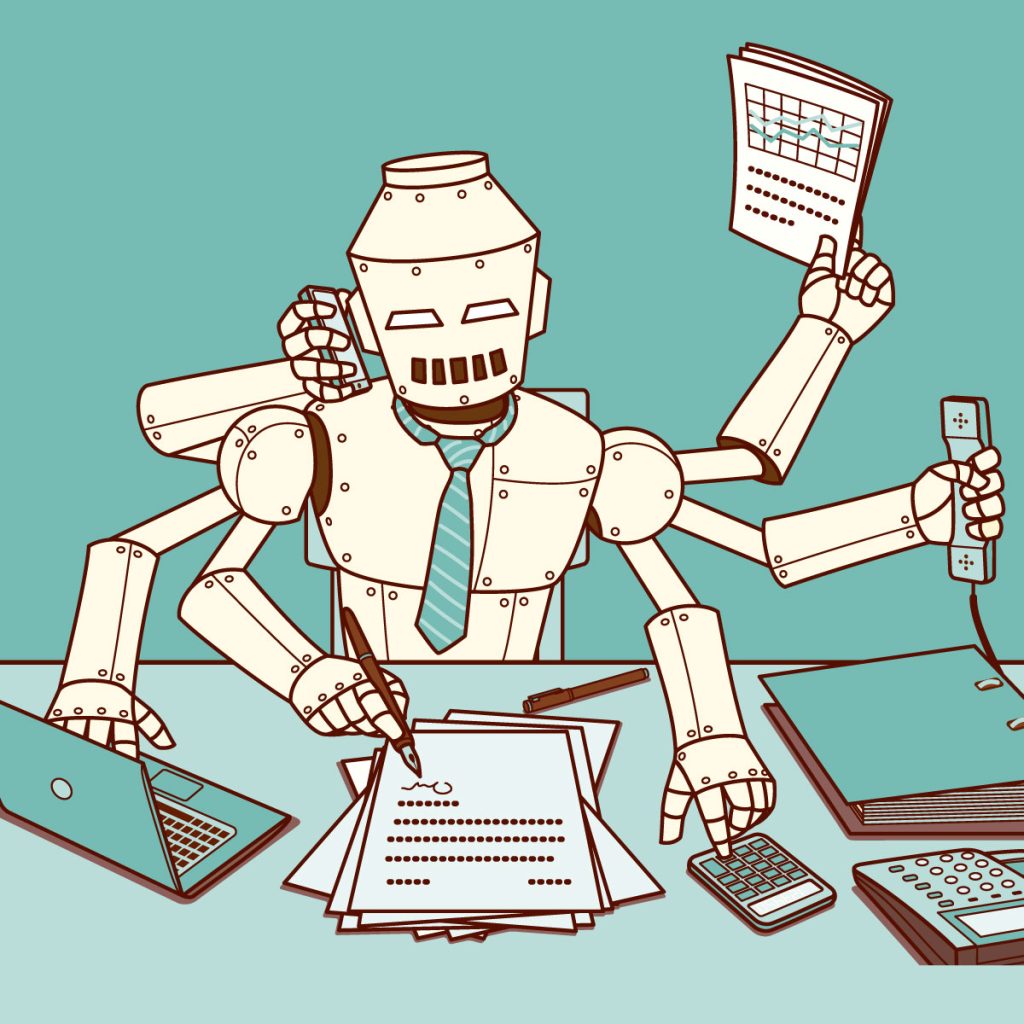The boundary between humans and artificial intelligence (AI) has increasingly blurred, showing a significant shift over the past five years. Real-world advancements in AI technology have begun to make it hard to separate human and machine. For example, AI’s role in healthcare has expanded dramatically, with AI-powered systems helping doctors in diagnosing and treating patients, challenging what it means to be a “human” doctor. AI has also made its way into creative fields like: art, music, and writing, areas that used to be unique to humans. This raises ethical questions about AI’s place in society and whether AI might one day have rights similar to humans.
hen it comes to the creative field, this boundary is slowly going away. AI is no longer just a tool for technical tasks but is now contributing to the creation of art, music, and literature—fields once thought to require uniquely human creativity. AI-generated artwork, music composed by algorithms, and even AI-written articles are becoming more common, raising questions about authorship and the nature of creativity. As AI continues to excel in these traditionally human domains, the distinction between human and machine creativity becomes increasingly difficult to maintain.
This boundary shift has been driven by several key factors. Technological advancements, particularly in machine learning and neural networks, have rapidly improved AI capabilities, making them more integrated into daily life. Culturally, there has been a growing acceptance of AI, partly due to it being shown often in media and due to its increasing presence in our lives—like virtual assistants. Economically, industries are pushing for greater efficiency and cost-effectiveness, often turning to AI to meet these demands, which pushes AI in human roles.
This collapsing boundary between humans and AI raise important questions about the future. Will this trend continue? How will society adapt to these changes, both ethically and practically?



